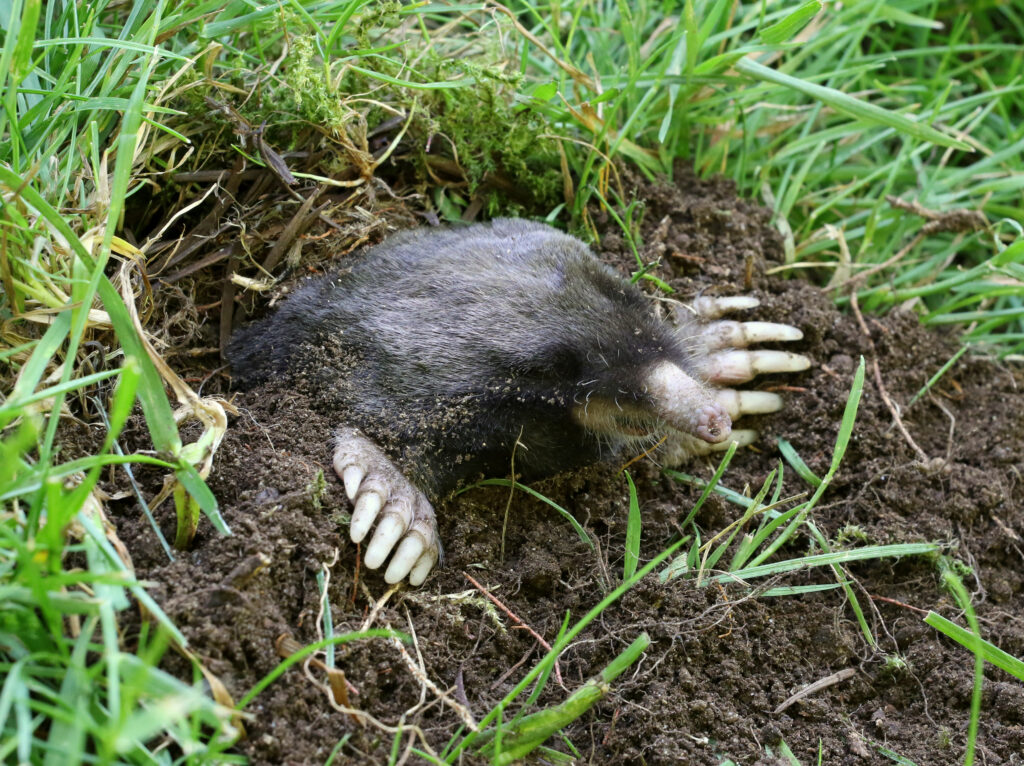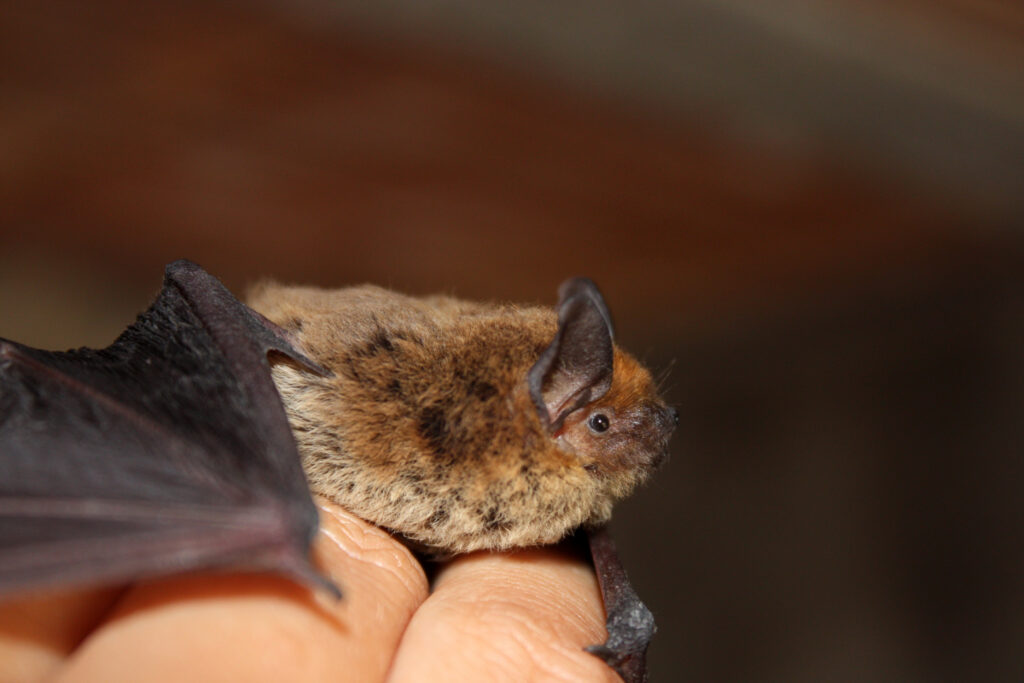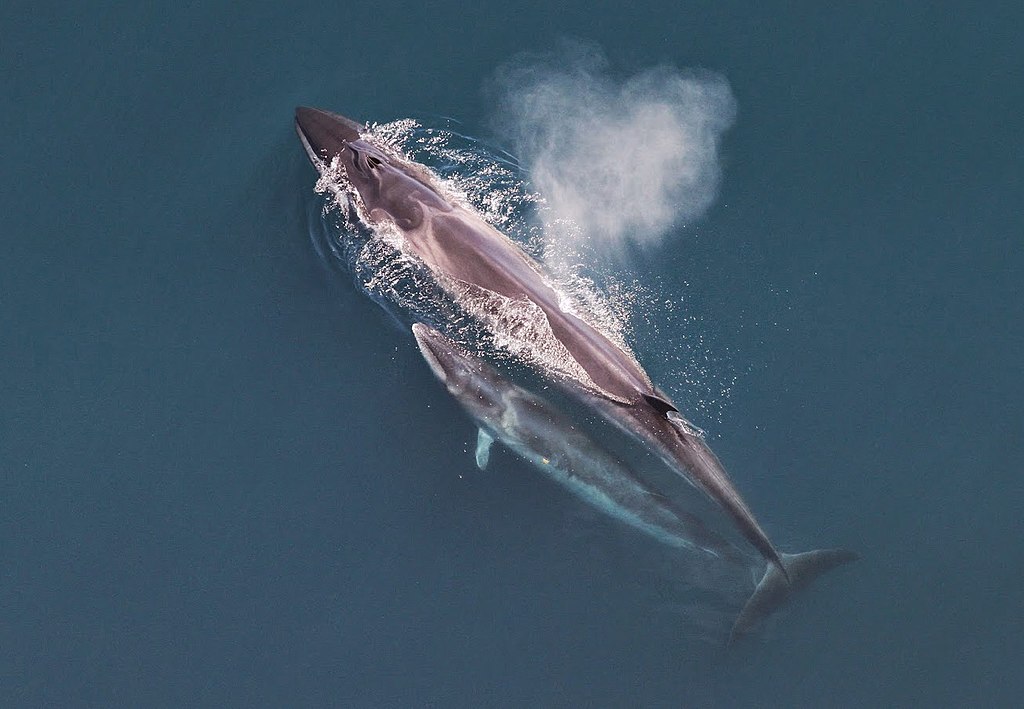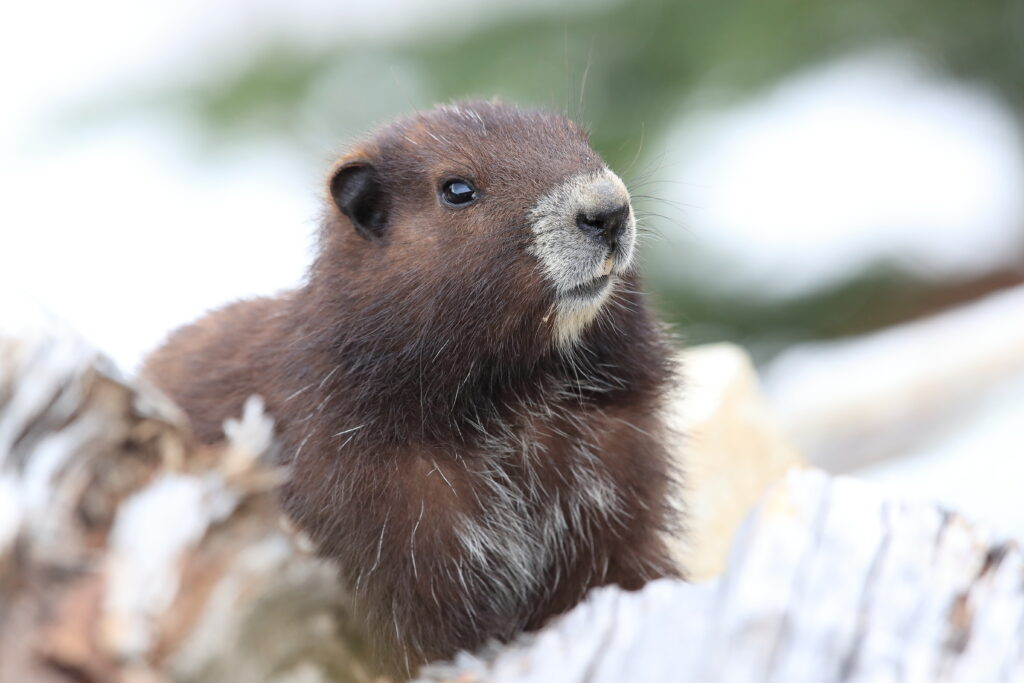In the summer months when visitors take a stroll up Mount Washington Alpine Resort on Vancouver Island, they may spot a dark, fuzzy-looking rock lying on top of another rock.
“They almost look like they're asleep,” says Adam Taylor, executive director of the Vancouver Island Marmot Recovery Foundation.
These cat-sized, chestnut-colored rodents are actually some of the most endangered mammals in the world, and an iconic instance of species conservation in British Columbia. The rare mammals can only be found in a handful of alpine meadows on the island.
Vancouver Island marmot populations were probably never particularly high and, in 1984, when researchers first began studying the animals, they estimated around 321 fuzzy marmots out in the wild.
However, over the next two decades, their populations began to plummet due to a combination of land use changes and an increase in predators.
“By 1996, there were about 126 marmots on the landscape. By 1998, there were fewer than 100 marmots left,” says Adam. “It became really apparent that the population was not going anywhere but down.”
That’s when the Marmot Recovery Foundation stepped in to try and save the species.
They began a captive breeding program where young marmots with little chance of survival in the wild were captured and raised in breeding facilities. In 2003, four marmots were re-released back into the wild, and three of them were eaten by a cougar within two weeks.
“Fortunately, after that, we had a lot more success,” says Adam.
Adam's team began testing ways to improve survival like acclimating young marmots in a recovery centre before release. Populations began to climb, and to date, the program has released 576 marmots. The current wild count is over 250 individuals.
While the number of wild marmots certainly has improved, Adam says there’s still much work to do to protect the species. For instance, wild marmot populations are still not strong or stable enough to survive without human intervention.
Still, the recovery is an astonishing case of species conservation. Prior to colonization and subsequent effects like habitat degradation, many BC First Nations played a stewarding role with wildlife conservation. Today, species in Canada are protected through the Species at Risk Act (SARA) Species at Risk Act (SARA)A Canadian environmental law enacted in 2002 to provide legal protection to wildlife species at risk of extinction and their habitats. It outlines the process for identifying, listing, and protecting species at risk. . Modeled after environmental legislation that arose in the 70s, SARA is a formalized process for identifying at-risk species and legally ensuring their protection.
Under SARA, Canadians can nominate a species to be reviewed by a team of wildlife experts, which then make recommendations to the Minister of the Environment and Climate Change. The government then has to decide whether to designate the species as endangered and create a recovery strategy.
Efforts to rescue marmot populations predate the establishment of SARA in 2002, and the species is listed along with other BC critters such as Townsend’s mole, little brown bats, and sei whales. Overseeing populations rebound, however, can be a real challenge if the species’ habitat has already been degraded, or if there is a lack of funding to support species revival.




Adam says that the marmot recovery is relatively successful for a number of reasons: marmot habitat is still largely intact, and they breed easily in captivity. Importantly though, the Marmot Recovery Foundation was given the time and public funding to support their work.
He says the Vancouver Island marmot story is of hope—that even the most endangered of species can be saved if we try.
“It takes time, it takes effort, and it takes money. But it's possible.”
Curious for more science behind biodiversity and climate change?
Explore solutions for regenerating our planet on Change Reaction.
